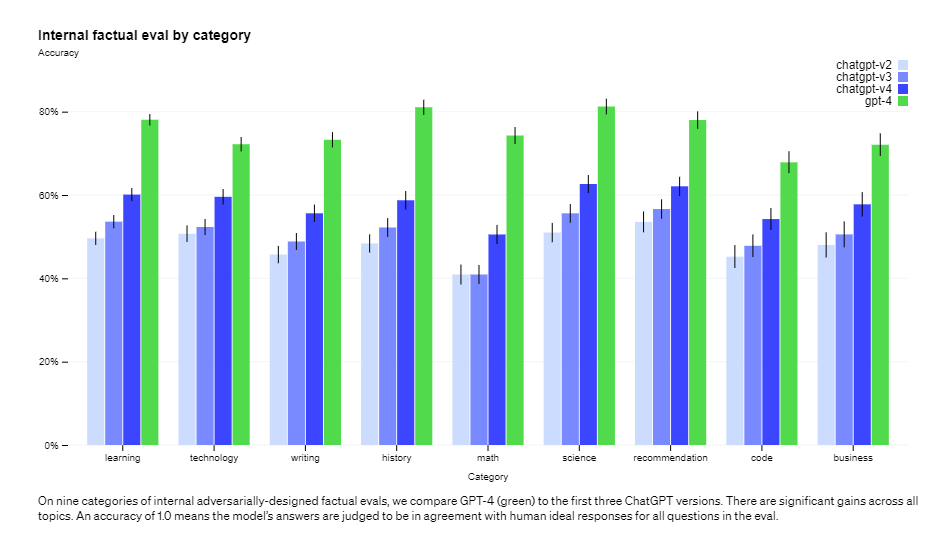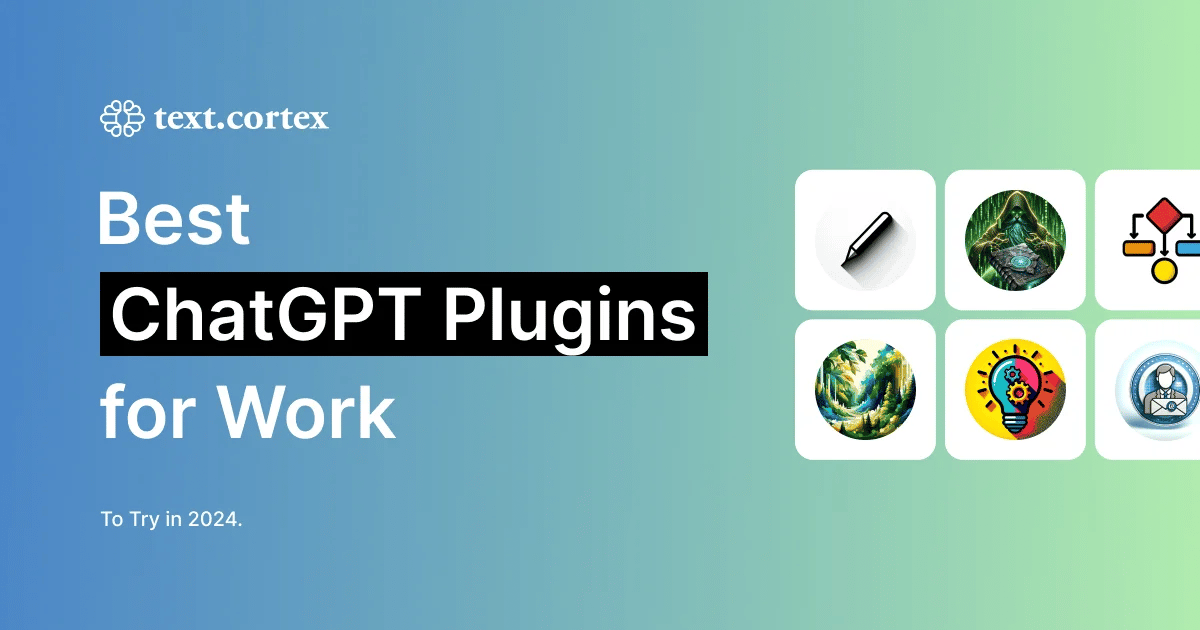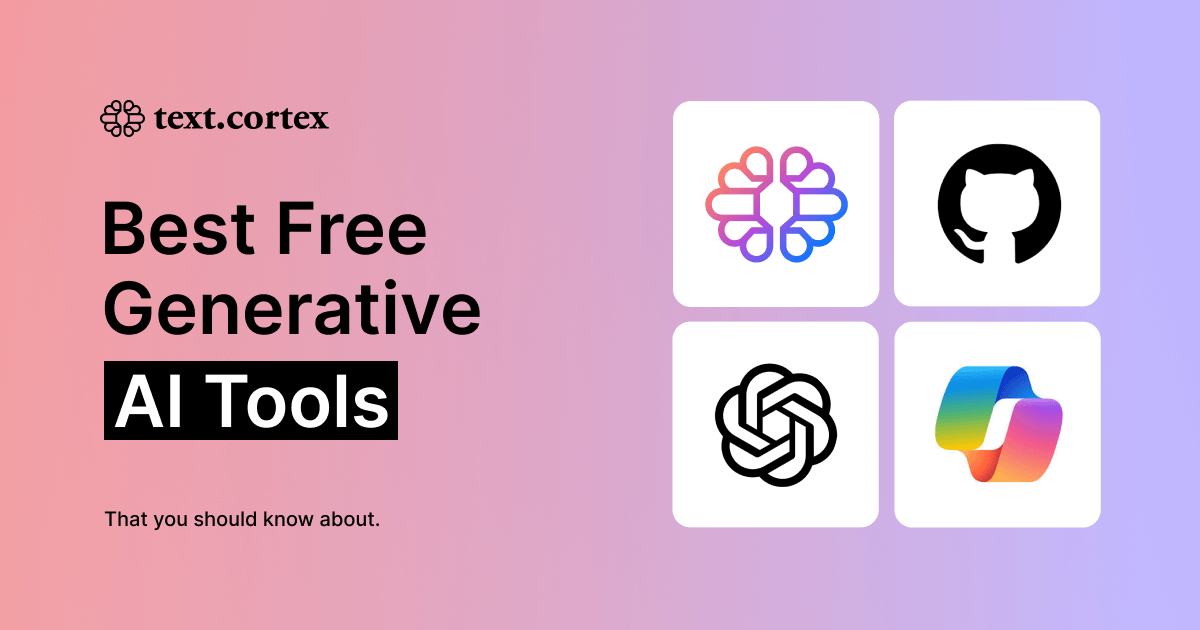GPT-4 is the newest language model system developed by OpenAI, which is trained to analyse inputs with parameters and algorithms to produce the most accurate output. GPT-4 is a powerful artificial intelligence language technology that can adapt to different use cases.
In this article, we will explore general information about GPT-4 and examine its innovations.
TL;DR
- GPT-4 is an artificial intelligence model that aims to generate text and visuals using parameters and algorithms.
- There are differences between GPT-4 and GPT-3 such as performance, processing speed, number of parameters, and data it has.
- GPT-4 has various use cases such as content writing, translating, paraphrasing, responding to prompts.
- Alternative AI Writing Assistant: TextCortex with writing support features and creative capabilities.
GPT-4: A Brief Introduction
Generative Pre-trained Transformer 4 (GPT-4) is an advanced artificial intelligence language model that has aroused great interest in the technology world. GPT-4, which was introduced as more creative and powerful than GPT-3, was released on March 14, 2023.

What is it?
GPT-4 is an artificial intelligence model that aims to generate text and visuals using parameters and algorithms. GPT-4 has been trained to produce human-like output and has had a long development period for this purpose. GPT-4 has more parameters than the previous generation to produce human-like outputs.
GPT-4 is an advanced artificial intelligence language model that uses deep learning to create human-like content. It can be used to generate natural language responses to questions or prompts, write stories and articles, summarize texts, perform arithmetic calculations, and more.
How Does GPT-4 Work?
GPT-4 uses deep learning, machine learning, and natural language processing (NLP) to analyse the data it learns and produces the most accurate and human-like output to the user's input. GPT-4 can generate responses according to the data given and continue to create more detailed and accurate outputs using its previous outputs. GPT-4 has more data than other AI models as it is trained with a massive dataset.
What can GPT-4 Produce?
Because the GPT-4 can produce faster than its predecessors, it takes less than ten minutes to write an entire book. Of course, it is not that easy to write a book with an integrated story flow and character development, the point to be highlighted is that GPT-4 can generate and combine enough sentences to fill a book in 10 minutes. If you want to write a book with good story flow and character development, GPT-4 will be a good assistant for you.
GPT-4 vs GPT-3
There are differences between GPT-4 and GPT-3 such as performance, processing speed, number of parameters, and data it has. The GPT-4 is an enhanced and improved version of the GPT-3.

Parameters
The GPT-3 has 175 billion parameters models, while the GPT-4 has around 1.6 trillion parameters models (not confirmed), which means that the GPT-4 has a much larger size. With its parameter size, GPT-4 can solve more complex tasks.
Performance
GPT-4 can process more text than GPT-3. GPT-4 can process about 25,000 words, analyse them, and produce them as output. It can answer questions, summarize the text, extend texts, create new texts, create scripts, translate texts, etc. faster than GPT-3.
Visual Inputs
The biggest practice difference of GPT-4 is that it can improve its output by processing various visual inputs. While GPT-3 can only process text, GPT-4 can process both text and visual inputs and associate images with text and generate new output with these data.
Use Cases of GPT-4
GPT-4 is an artificial intelligence language model that can produce outputs of up to 25,000 words by processing text and visual inputs. It has various uses, from generating text using those inputs to developing the software codes given to it.
Text Generation
GPT-4 uses machine learning and deep learning to process given prompts and topics into high-quality outputs. It can be used to automatically generate articles, blog posts, and other forms of written content without the need for manual effort.
GPT-4 can summarize long pieces of text quickly and accurately. It can also be used to expand your short texts. Since GPT-4 can output up to 25,000 words, it is possible to write a book using it.
Translation
GPT-4 is successful in translating the given texts into another language because it is trained with the grammatical structure of more than 80 languages. It can translate the given text into other languages without making grammatical and spelling mistakes, keeping the exact meaning, and paraphrasing this output. Thus, it will be easier for you to produce text-based content in different languages.
Responsiveness
GPT-4 can give users human-like answers by processing users' questions with text and visual inputs. If you give an image with stones of different colours as input to GPT-4 and ask how many blue stones are in the image, it will analyse those inputs and give you how many different coloured stones there are and their number as output.
GPT-4 has provided many new usage opportunities with its ability to process text and visual inputs. In the simplest case, users can now use GPT-4 efficiently using visual materials and texts, while expressing their questions with only text in GPT-3.

A Better AI Assistant: TextCortex
Due to its various writing support features and creative capabilities, we position TextCortex as a better alternative to GPT-4. TextCortex supports you to create accurate and creative text using unique machine learning and the most advanced natural language processing models available today.
TextCortex is a powerful AI Writing Assistant with unique features that can help you to organize and manage your task and texts everywhere on the internet. It is available as a web application and browser extension.
Read on to find out what TextCortex promises!
Improve Your Content
TextCortex's extension toolbar will accompany you on your writing journey. Thanks to the toolbar, you can manage your writing tasks and get high-quality texts. Here are a few of the features of the toolbar.
• Paraphrase your sentences without changing the meaning.
• Expand your ideas: You can create a paragraph by just typing a few words.
• Summarize your long articles
• Set your article's tone
• Check fluency, grammar mistakes, and typos
• Translate your content 25+ different languages
TextCortex allows you to use all the above features in more than 25 languages. Thus, you can produce high-quality and engaging content in different languages.
ZenoChat
ZenoChat is designed to be the AI assistant you've always wished for. ZenoChat answers users' questions and commands using natural language processing (NLP) and machine learning. It produces more accurate answers by adding the user's input to its data during a conversation.
ZenoChat is trained to give human-like and unique answers. Since it is trained with human feedback, when the user asks a question, it can understand what kind of answer the user expects.
ZenoChat has core features such as question & answer, calculations, explanations, and web search. ZenoChat can write songs, create social media posts, generate blog posts, write product descriptions, create YouTube video scripts, generate emails, etc.
Explore AI Writing Templates
Our AI tool comes with more than 60+ templates divided into different categories. If your mailbox is overcrowded, our Email Writing category will increase your productivity by helping you reply to emails quickly.
Our AI writing templates categories:
• Academic Life (Essay Writing, Questions / Answers)
• Ads and Marketing (Facebook Ads, Linkedin Ads, Youtube Video Descriptions)
• Blogging (Blog body, blog titles, outlines)
• Business (Company bios, missions, visions)
• Ecommerce (Product Descriptions)
• Email Writing (Sales emails, customer support emails)
• General (Paraphrasing, Summarizing, Expanding)
• Website Copy
• YouTube & Social Media
If you want to try TextCortex, you can start using your daily 10 free creations by creating your freemium account and downloading our browser extension!

%20(9).png)


%20(8).png)
